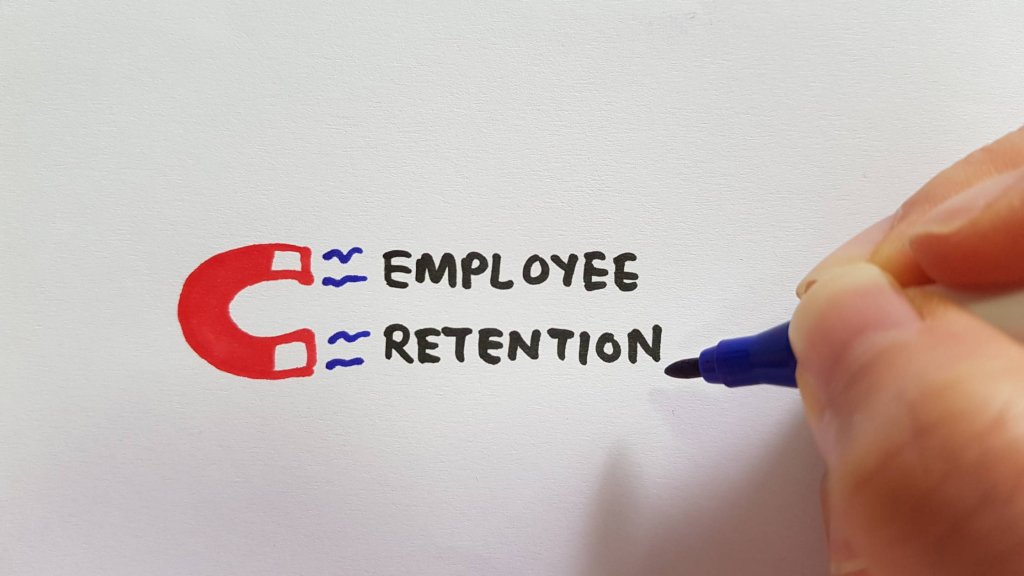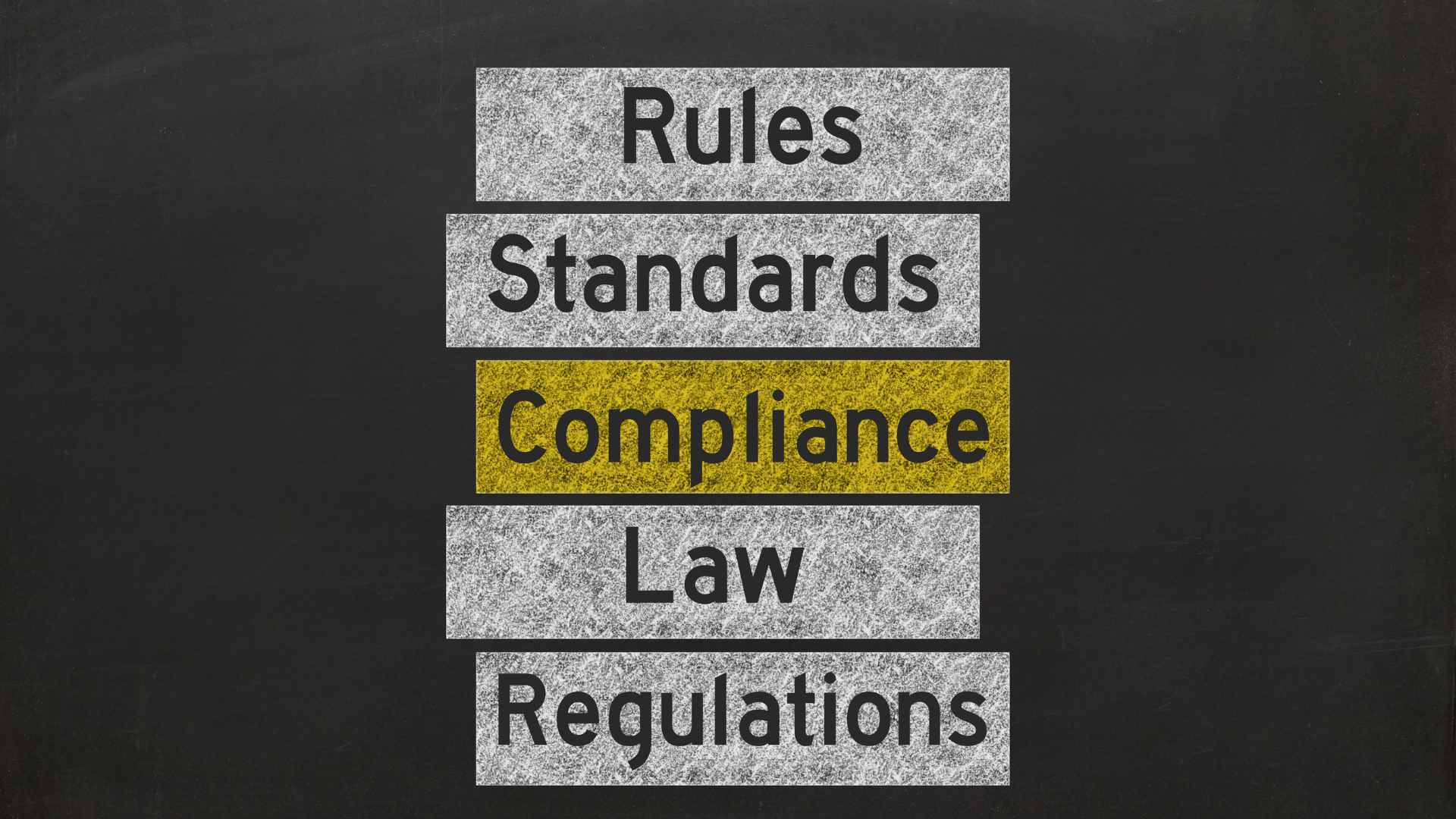VIEW BY TOPIC
- Finding Customers
- Business Systems
- Managing Employees
- Leadership
- Managing Money
Related Posts

Ready to Grow Your Business Fast?
Here’s How I Grew Five Businesses, and Eventually Sold One to a Fortune 500 Company.

The success of any organization hinges upon employee retention and engagement. When employees experience a sense of engagement and appreciation, they tend to be more productive, loyal and committed for the long haul. Among the pivotal elements influencing employee retention and engagement is the onboarding process.
By carefully designing a comprehensive onboarding strategy, organizations can lay the foundation for a positive employee experience from the beginning. The long-term success of any organization heavily relies on enhancing employee engagement. Fortunately, there are numerous ideas to increase employee retention and engagement during onboarding. In this article, we will explore valuable onboarding tips aimed at enhancing employee retention and engagement:
1. Create a structured and personalized onboarding plan
An effective onboarding strategy guarantees that fresh recruits acquire all the essential details and tools required to succeed in their positions. It enables them to grasp the organization’s purpose, principles, and ethos while offering explicitness regarding their duties and anticipated outcomes. It is crucial to bear in mind that a universal approach does not cater to everyone’s onboarding requirements. Each employee is unique and may have different needs and objectives.

To bolster employee involvement and tenure, customizing the onboarding experience is of utmost significance. Dedicate time to understanding the new hire’s history, proficiencies, and inclinations, and adjust the onboarding process accordingly. For instance, if an employee possesses prior expertise in a particular domain, offer chances for them to make meaningful contributions and harness their proficiency from the outset. This not only demonstrates the company’s appreciation for their skills but also sustains their engagement and drive.
Consider allocating a mentor or companion to fresh recruits. This grants them a designated individual for assistance and encouragement, nurturing a feeling of integration and facilitating their assimilation into the company. A mentor can provide solutions to inquiries, acquaint them with influential individuals within the organization, and furnish perspectives on the company’s ethos. This individualized method of onboarding aids in fostering a favorable employee encounter and establishes a foundation for sustained commitment and tenure.
2. Provide continuous learning and development opportunities
The engagement of employees is strongly linked to prospects for advancement and personal development. When employees perceive opportunities to learn and progress in their careers, their dedication to the organization increases. It is crucial to integrate employee training and development program into the onboarding process.
Incorporating training programs, workshops, and resources that align with the employee’s role and career aspirations can be immensely advantageous. Equip them with the necessary tools and knowledge to excel in their positions, fostering a growth mindset. This encompasses technical training, enhancement of soft skills, leadership programs, or granting access to online learning platforms. By investing in their development from the onset, you not only empower new employees but also demonstrate a commitment to their long-term growth and triumph. In addition to formal training, encourage new employees to actively seek out learning opportunities within the organization.
Foster a culture of continuous learning by promoting knowledge-sharing and collaboration. Encourage participation in cross-functional projects, provide opportunities to attend conferences or industry events, and establish mentorship programs. These initiatives not only contribute to their skill development but also facilitate networking and integration within the company.
3. Foster a sense of purpose and connection
Employees who experience a deep connection to their work and the organization’s mission exhibit higher levels of engagement and dedication. Throughout the onboarding phase, it becomes imperative to effectively convey the company’s purpose, values, and future aspirations. Aid new employees in understanding how their individual roles intertwine with the broader objectives of the organization. This transparency enables them to recognize the influence of their contributions and cultivates a sense of purpose and gratification.
To foster a connection to the company’s mission, consider organizing activities that showcase the organization’s values in action. For instance, engaging new employees in community service projects or volunteer endeavors that align with the company’s social responsibility objectives can be a fruitful approach. This not only enables them to make a meaningful impact but also fosters a spirit of unity among colleagues.
Promote a culture of open communication and feedback from the beginning. Create avenues for new employees to express their ideas, recommendations, and apprehensions. This showcases your appreciation of their perspectives and motivates them to actively participate in the organization’s advancement and enhancement.
4. Encourage social integration and team building
Cultivating connections with coworkers and fostering a sense of inclusion within the team are pivotal factors for employee engagement and retention. Throughout the onboarding journey, create avenues that facilitate interactions and enable new employees to establish relationships with their colleagues.
Encourage existing team members to actively engage with new employees, introduce themselves, and offer support. Consider implementing a buddy system where a seasoned employee can guide and mentor the new hire. By fostering a positive and inclusive team culture from the start, you create a supportive environment where employees feel valued, connected, and motivated to stay.
5. Provide regular feedback and recognition

Feedback and recognition play a vital role in employee engagement and retention. Establish a culture of regular feedback by providing constructive input and acknowledging the efforts and achievements of new employees. During onboarding, set clear expectations and provide feedback on their progress.
Implement a feedback mechanism where new employees can ask questions, seek guidance, and receive feedback on their performance. Recognize their contributions and milestones, both big and small, to reinforce a sense of accomplishment and motivate continued engagement.
Consider implementing a formal recognition program that highlights outstanding performance and contributions. This may involve various forms of recognition, such as monthly employee awards, acknowledgment from peers, or spontaneous bonuses. When employees perceive their contributions are valued and recognized, their engagement and commitment to the organization will likely increase.
6. Continuously assess and refine the onboarding process
To ensure the effectiveness of the onboarding process, it’s essential to gather feedback and continuously assess its impact. Regularly review and refine the onboarding program based on employee input and outcomes. Utilize surveys or interviews to assess the satisfaction of new employees and identify areas for improvement. Actively listen to their experiences, suggestions, and concerns, and proactively address any issues that may arise. This showcases a commitment to their growth and signifies that the organization values their input, striving to provide an optimal onboarding experience.
Track essential metrics such as employee engagement, productivity, and retention rates to evaluate the effectiveness of your onboarding endeavors. Utilize this data to recognize patterns and make informed decisions aimed at further enhancing the onboarding process. By continuously evaluating and refining the onboarding process, you can ensure its ongoing relevance, efficacy, and alignment with the evolving needs of both your employees and the organization.
Endnote on Employee Retention
An effectively implemented onboarding procedure is paramount in enhancing employee engagement and retention. By establishing a structured and customized onboarding strategy, offering ongoing learning and development prospects, and fostering a sense of purpose and affiliation with the company’s mission, organizations can lay the foundation for their employees’ triumph from the beginning. Always remember engaged and motivated employees demonstrate a higher commitment to the organization, leading to increased productivity, decreased turnover, and overall success for the organization.













